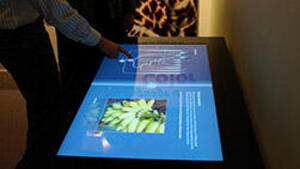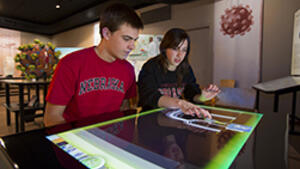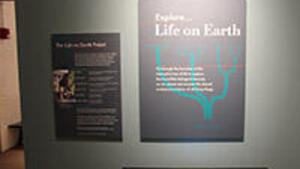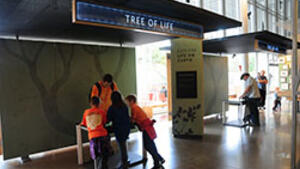Preliminary findings presented at the Society for Research in Child Development Biennial Meeting (2013),
at
Washington State Convention Center & Seattle Sheraton Hotel, Seattle, Washington, USA,
Thursday, April 18, 2013:
Publications and Presentations
. 10/24/2013. “Active prolonged engagement: When does it become active prolonged "learning"?” In Presention at the 2013 Society for Research in Child Development Biennial Meeting, In D. Uttal (Chair), Developmental Research Outside the Lab: Children’s STEM. Learning In Museums, Seattle, Washington.Abstract
. 6/15/2013. “(Best Design Paper) Going Deep: Supporting collaborative exploration of evolution in natural history museums.” Computer Supported Collaborative Learning (CSCL'13), International Society of the Learning Sciences (ISLS) 1, Pp. 153-160. Publisher's VersionAbstract
. 4/18/2013. “How is a human like a banana? Conceptions of humans as part of the natural world.” In Poster presented at the 2013 Society for Research in Child Development Biennial Meeting. In J. Coley (Chair), Intuitive Concepts Versus Biological Science: The Case of Evolution, Seattle, Washington. Washington State Convention Center & Seattle Sheraton Hotel, Seattle, Washington, USA.Abstract












